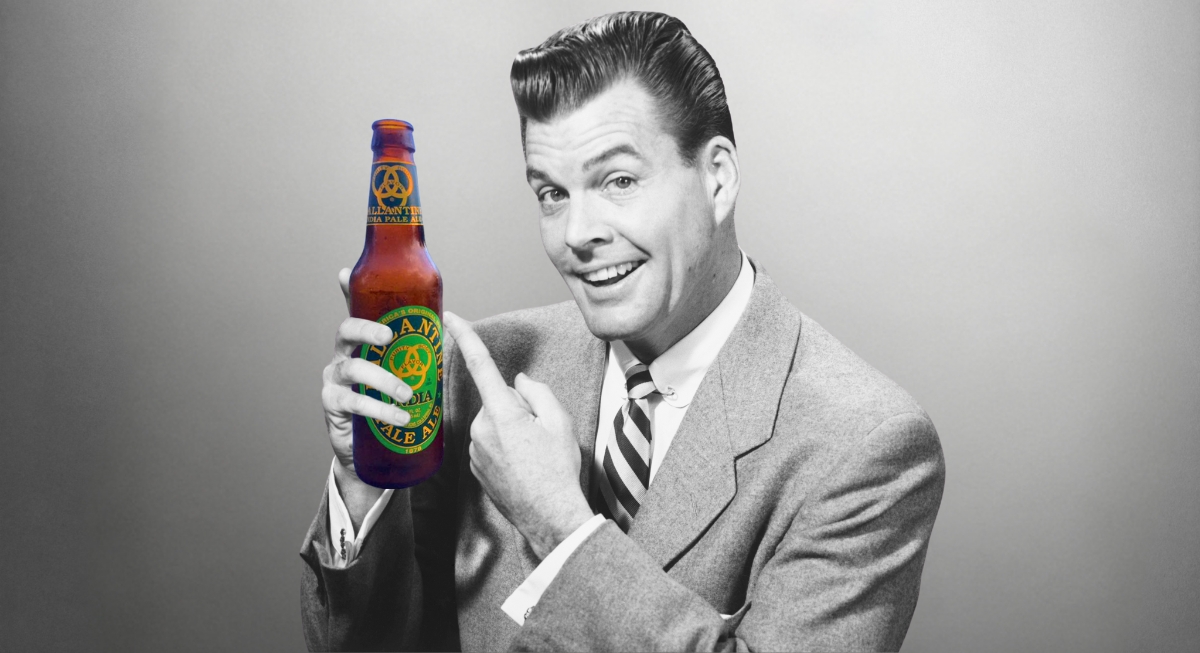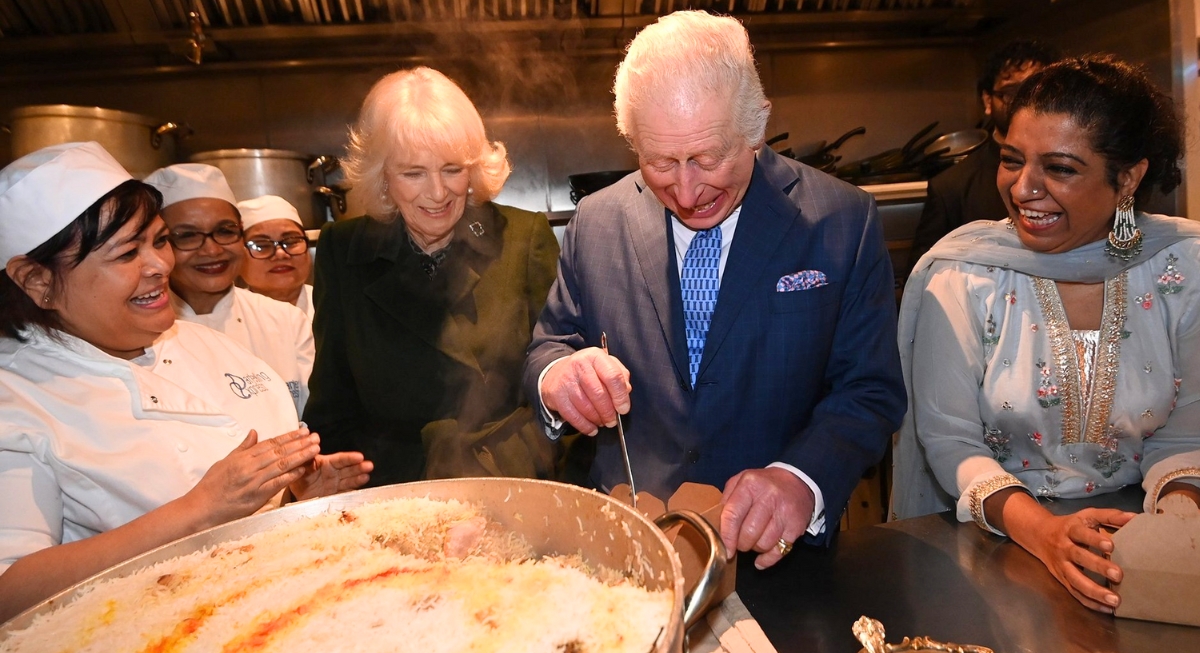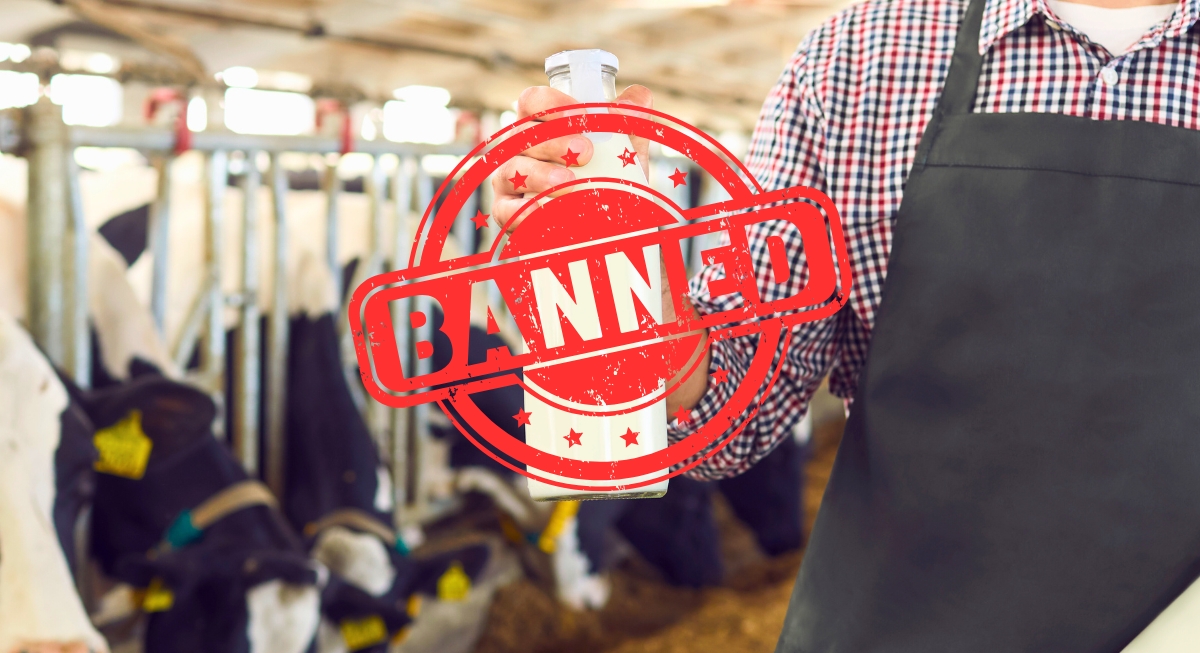Before every IPA had to taste like a pine forest, American beer had a golden era—the 1960s. This was when regional breweries thrived and offered distinct and flavorful brews that locals swore by. Many of these classics faded away due to corporate mergers or the rise of light beers. But if they were reintroduced today, they’d fit right in. It's time to revisit some of these pioneering forgotten favorites that could absolutely dominate today’s market.
Ballantine India Pale Ale
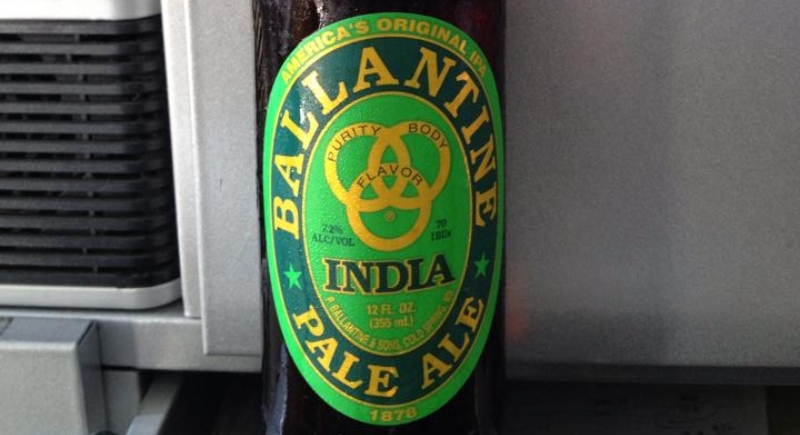
Credit: Facebook
Ballantine IPA was setting the standard. This bear was ahead of its time with bold hops and a complex flavor profile. In today’s hop-obsessed market, it could easily reclaim its throne as an IPA heavyweight.
Schaefer Beer
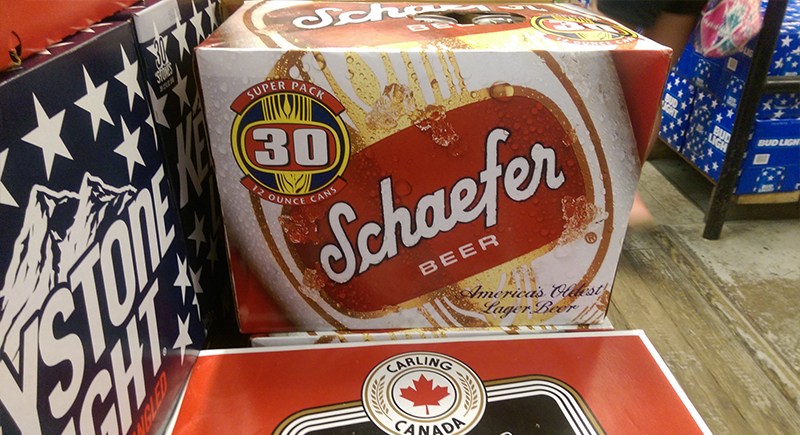
Credit: Wikimedia Commons
Schaefer was founded in 1842 and was America’s go-to lager for decades. It was crisp, refreshing, and smooth, and it was the ultimate beer for baseball games and backyard barbecues. A revival could appeal to drinkers who crave an easy-drinking classic without the craft beer fuss.
Blatz Beer
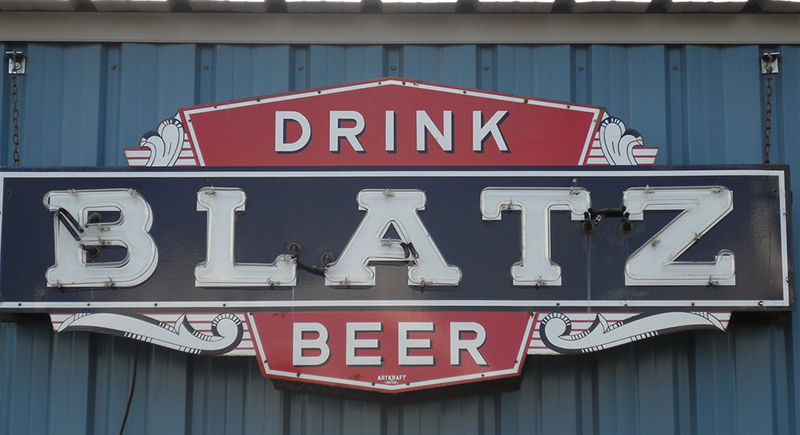
Credit: flickr
Blatz was nothing short of a necessity in post-war America. This drink was known for its mellow and drinkable taste. It had the nostalgia factor of Pabst but with a smoother finish. Since there’s a renewed interest in classic American lagers, it’d be really easy to sell this comeback.
Falstaff Beer
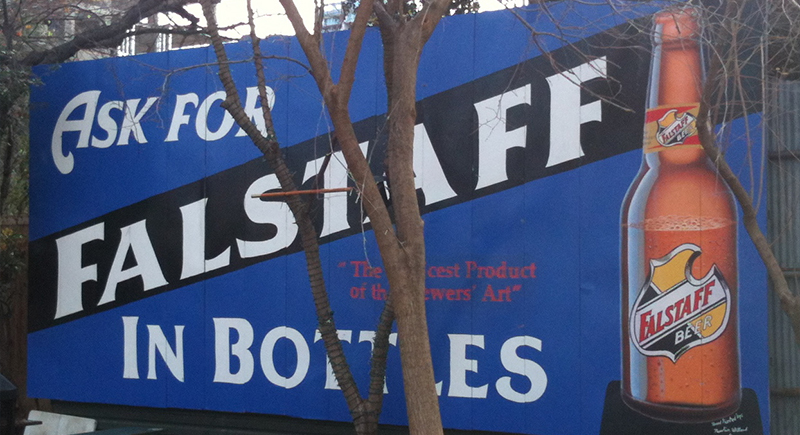
Credit: Wikimedia Commons
Falstaff was one of the best-selling beers in the U.S. during its prime, loved for its light and crisp character. If brands like Narragansett can make a successful comeback, why not Falstaff? People who admire real history and have a thirst for heritage brews will surely appreciate the flavors even today.
Hamm’s Beer
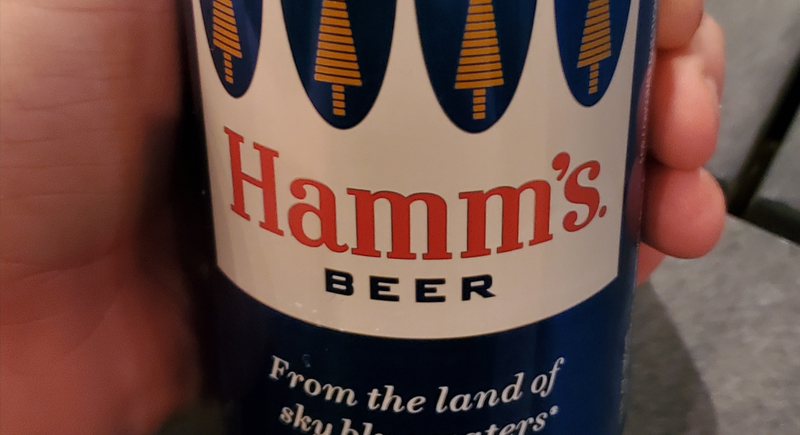
Credit: Wikimedia Commons
Ask any beer lover from the ‘60s, and they’ll remember the Hamm’s jingle and its beloved bear mascot. But Hamm’s wasn’t just about marketing—it had a clean, refreshing taste that made it a household favorite. If nostalgia sells, this one’s a no-brainer.
Hudepohl Beer
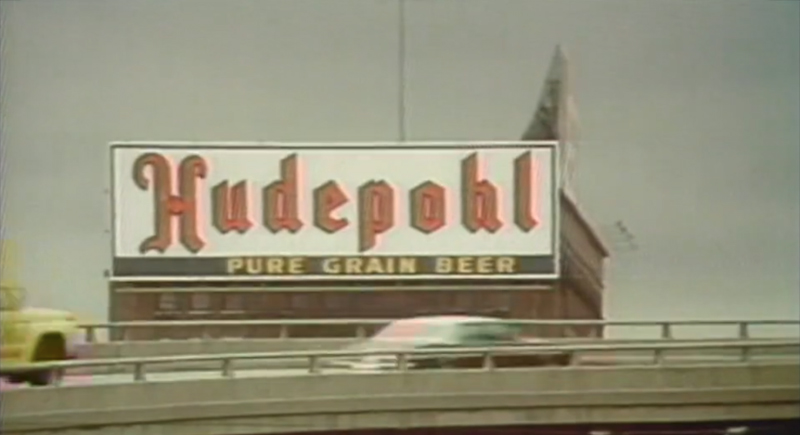
Credit: Youtube
Hudepohl was born in Queen City and had a loyal following—thanks to its smooth and balanced flavors. And considering that regional pride drives craft beer success, reintroducing a Hudepohl means a formula for success. This is especially true for Ohio beer enthusiasts.
Iron City Beer

Credit: flickr
Pittsburgh’s Iron City Beer was the drink of steelworkers, football fans, and anyone who wanted a no-nonsense, full-bodied beer. No time is wrong for a beer like this. This over-complicated, straightforward, and working-class lager would stand out in any era.
Pabst Blue Ribbon (PBR)

Credit: Wikimedia Commons
PBR has already made a legendary comeback. Once a dad beer, it is now a hipster go-to drink. This proves that old-school brands can flourish again and still have a demand among people who appreciate classics. Its simple, drinkable nature keeps it relevant in a world of over-hopped ales.
Schlitz Beer
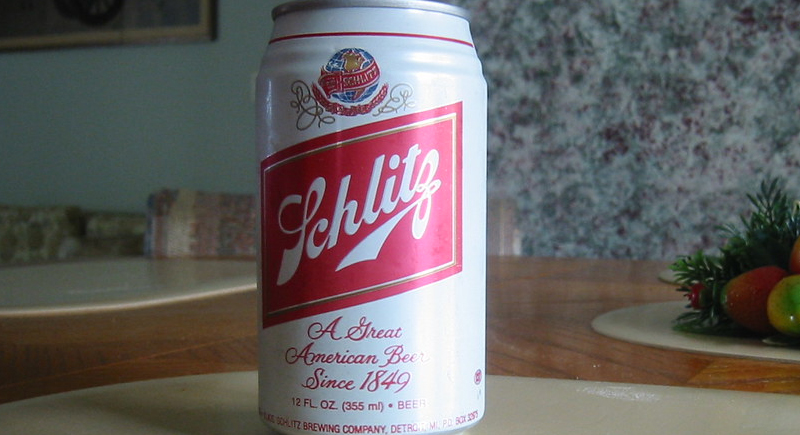
Credit: flickr
Schlitz was the beer of its time. This drink was known for its quality and consistency. Plus, it once dominated the market with a fan following like no other. Unfortunately, the flavor now only lives in nostalgia.
Old Dutch Beer
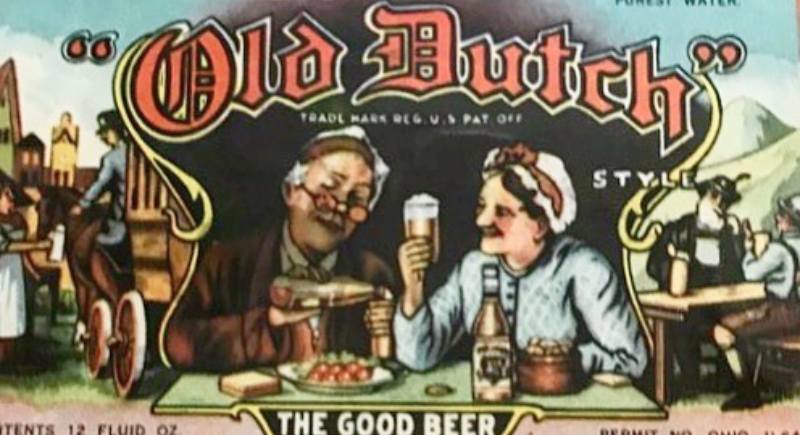
Credit: Facebook
Old Dutch was known for its smooth, easy-drinking taste. If reintroduced, it could appeal to beer lovers seeking classic brands with great flavor at an affordable price. Fans of Old Dutch knew exactly what to expect—a reliable, no-nonsense brew.
Stroh’s Beer

Credit: Wikimedia Commons
Detroit’s Stroh’s was famous for its unique fire-brewing process, which gave it a distinct and richer taste. With drinkers increasingly seeking traditional brewing techniques, Stroh’s could make a fiery return.
Texas Special Beer
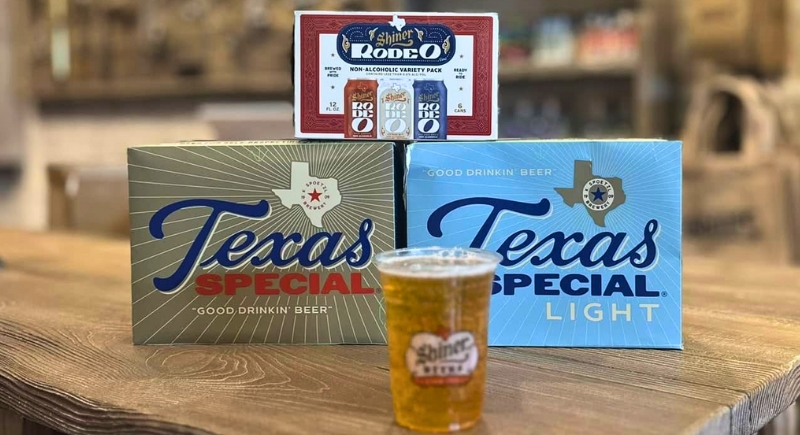
Credit: Instagram
Texas Special was a true American classic that was originally brewed in 1933 to celebrate Prohibition’s repeal. Recently revived by K. Spoetzl Brewery (makers of Shiner), this beer’s return proves that good taste never really goes out of style.
Grain Belt Beer
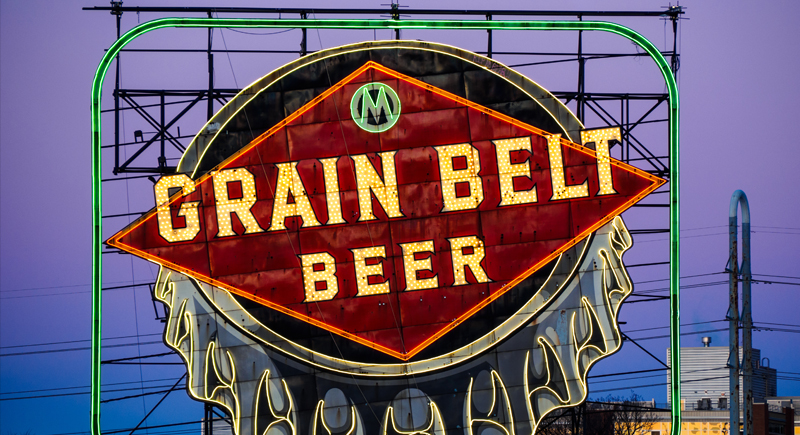
Credit: Wikimedia Commons
Grain Belt gained popularity for its mild yet authentic taste. It was the perfect definition of a no-nonsense lager. If you needed something reliable in the 60s, this was definitely the drink of choice.
Narragansett Beer
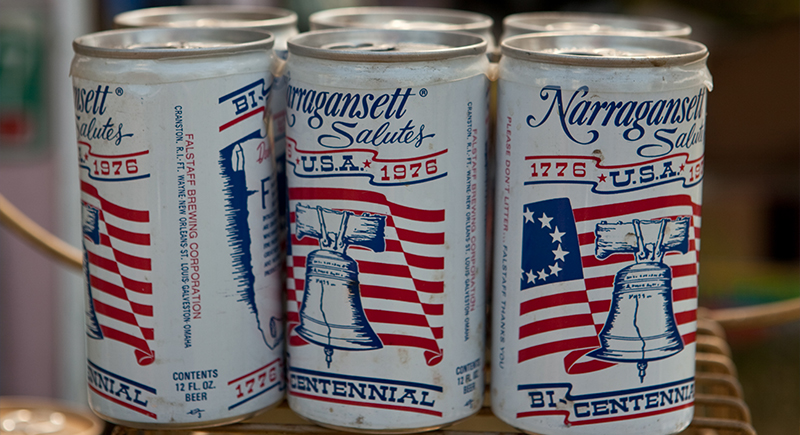
Credit: Wikimedia Commons
Once the best-selling beer in New England, Narragansett disappeared before roaring back in the 2000s. It has a rich brewing heritage and loyal fans who keep the demand coming in no matter how many new brands take over the market. This regional beer did crush the market with its comeback—thanks to the right marketing strategies and the original taste.
National Premium Beer
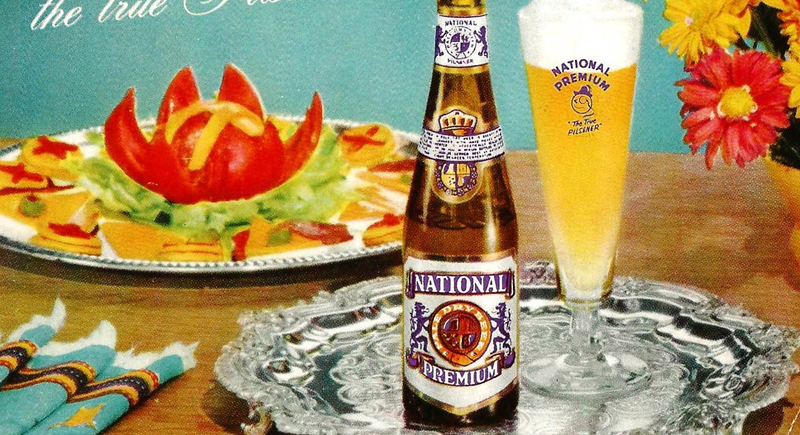
Credit: flickr
Maryland’s National Premium was the smoother and more refined alternative to its famous sibling, National Bohemian. If reintroduced today, it could appeal to both old-school drinkers and newcomers looking for a clean lager with history.

